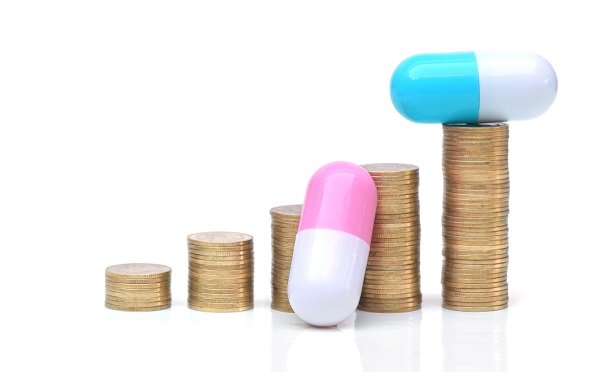 Among the drugs recording bigger-than-5.3-percent increases are arthritis drug Humira, now costing 7.4 percent more. (Photo: Shutterstock)
Among the drugs recording bigger-than-5.3-percent increases are arthritis drug Humira, now costing 7.4 percent more. (Photo: Shutterstock)
If you thought 2020 would see any hesitation in the upward trend of drug prices, you'd evidently be wrong.
The new year brought higher prices from drug manufacturers on "a wide range of drugs," says The Hill, which pegs the average increase at 5.3 percent so far, according to data from health care consulting firm 3 Axis Advisors.
Related: Drug price hikes continue despite pressure from the White House
Obviously, for there to be an average, some prices will have to exceed it—and among the drugs recording bigger-than-5.3-percent increases are arthritis drug Humira, now costing 7.4 percent more, and multiple myeloma drug Revlimid, setting consumers back an additional 6 percent.
Of course those sticker prices don't reflect what customers might end up paying after any discounts negotiated by insurers and pharmacy benefit managers, and the terms of insurance coverage. Still, all the outcry over rising drug prices has obviously fallen on deaf ears, even though Trump himself has levied criticism at drug companies' prices, even going so far as to say in 2018 that Pfizer should be "ashamed" of its price hikes.
That had only limited success, since although Pfizer did pause its price hikes after its CEO talked with Trump, that pause ended last January, after which prices have continued to climb.
The Hill quotes Amy Rose, a Pfizer spokeswoman, saying that although the company raised prices for approximately 27 percent of its drugs in the U.S. by an average of 5.6 percent, the effect of discounts to insurance companies and pharmacy benefit managers are paid out, "the net effect on revenue growth in the U.S. in 2020 is expected to be zero percent."
That will be small consolation to those who lack insurance coverage and are on the hook for the full cost.
The latest moves are just more fodder for lawmakers as they seek to reform the drug supply chain and bring prices down for consumers.
Read more:
© Touchpoint Markets, All Rights Reserved. Request academic re-use from www.copyright.com. All other uses, submit a request to [email protected]. For more inforrmation visit Asset & Logo Licensing.






